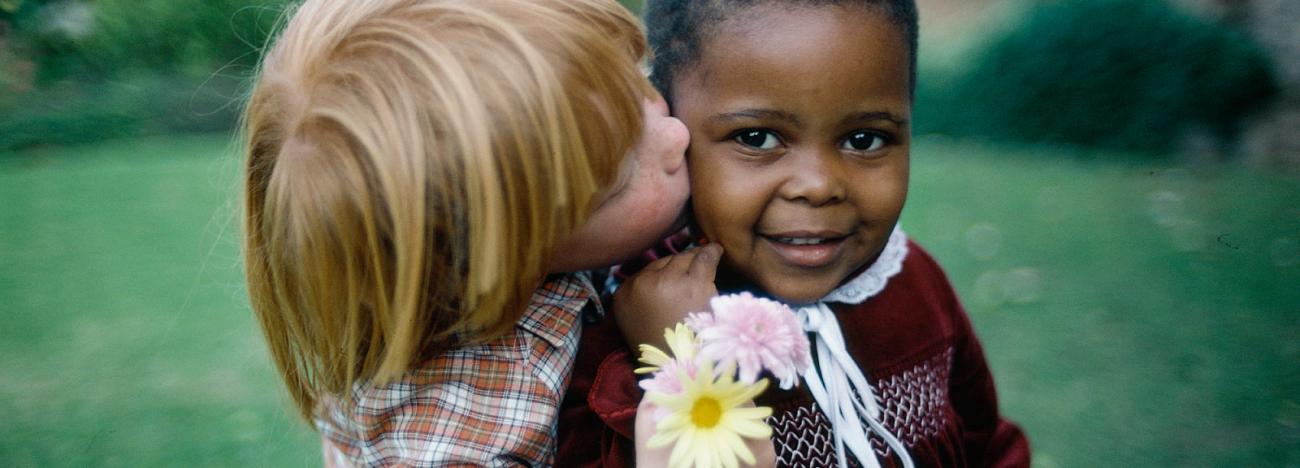Can We Reduce Racial Bias in Children?
UBC researchers have found that telling stories depicting black individuals contributing positively to the community successfully reduced implicit, or automatic, race bias in children between the ages of nine and 12. The study is the first of its kind to examine developmental differences in the capacity to reduce racial prejudice in children.
“Institutional and systematic forms of racism continue to be a pressing social issue, especially with the recent high-profile police shootings of African-Americans,” said Antonya Gonzalez, the study’s lead author and a graduate student at UBC’s department of psychology. “This study suggests that if we want to start having a conversation about reducing implicit racial bias in adults, we need to intervene in the minds of children when prejudice first starts to take root.”
Implicit bias refers to the attitudes or stereotypes that unconsciously affect our understanding, actions and decisions. Previous research has shown that implicit racial bias exists in children as young as five.
Researchers recruited 369 white and Asian children between the ages of five and 12 at UBC’s Living Lab at Science World in Vancouver. The children heard four fictional short stories. For about one-third of the children, the four stories depicted black individuals contributing positively to their community, while another third of the children heard the same fictional stories but with white characters. After hearing the stories, each child completed a test that measures unconscious racial bias by seeing how quickly pictures of black and white people are paired with positive versus negative words.
The researchers found that implicit racial bias was not reduced in younger children aged five to eight. As a group, younger children continued to make quicker associations between positive words and white people, as well as negative words and black people. Older children who heard stories with white characters also showed an implicit bias favouring white people over black people. However, older children who heard positive stories depicting black individuals did not exhibit implicit racial bias, and did not have an automatic preference for either racial group.
The findings suggest that it is possible to reduce implicit racial bias in older children by exposing them to stories that positively depict people from historically disadvantaged groups, and that Grades 4 to 6 might be an ideal time for parents and teachers to intervene.
































